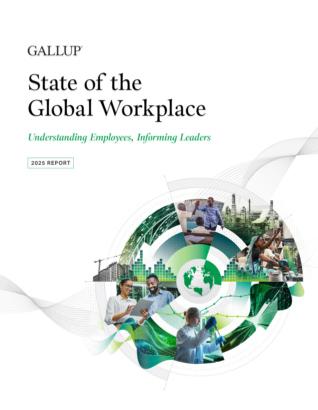Workplace Insights
Our latest analytics and advice on workplace issues that matter most.
Featured Insights
AI Use at Work Has Nearly Doubled in Two Years
White-collar workers and leaders are the primary users. Leaders can further drive AI adoption by clearly communicating why and how to use it.

Featured Report
State of the Global Workplace: 2025 Report
Get insights on employees around the world — including engagement, wellbeing, managers and more — in our latest annual report.
.
